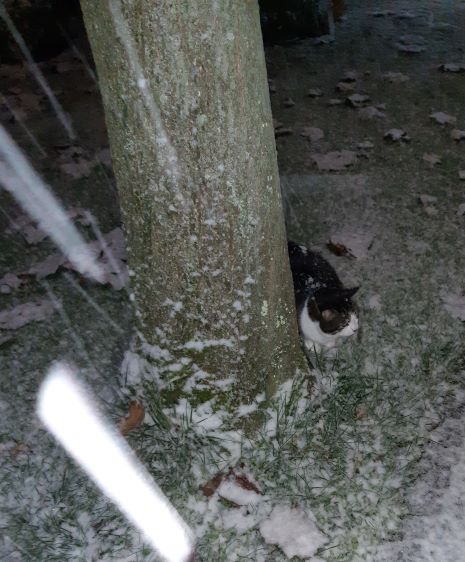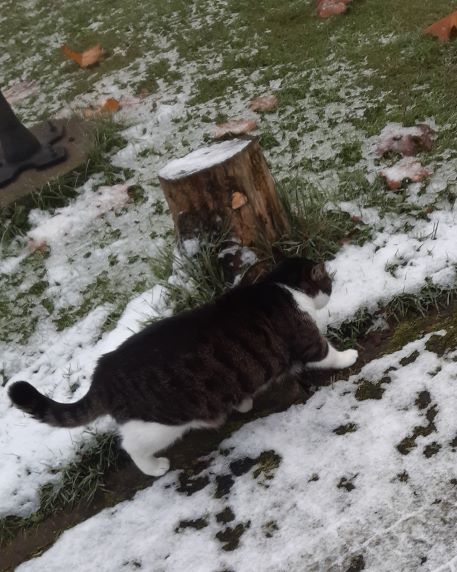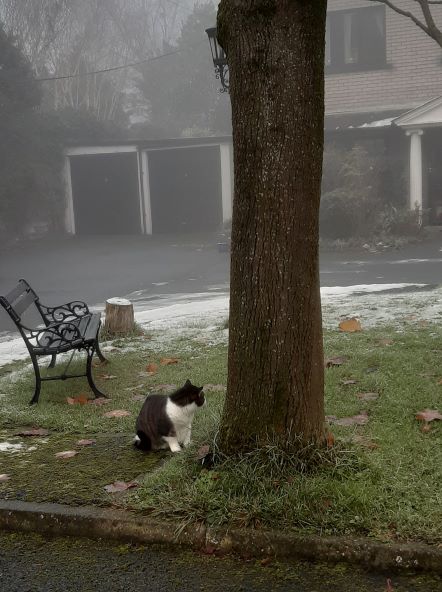I’ve been having a little trouble figuring out what the scale of our overproduction problem is. I know it’s big, between food waste and planned obsolescence, but how big? Or, put another way, how much could we scale back on resource extraction and general production, if we were running things based on the needs of a post-capitalist, degrowth/steady-state society? To my knowledge, most of the metals and other such resources that were easy to access were consumed long ago, but if we account for the amount of stuff in dumps and landfills around the world, would there even be a need for supply chains anywhere near the current scale? My goal, ideally, is to have a state of material abundance for everyone, in the sense of “rather luxurious caves, with high-efficiency facilities“, but I’m not sure what that would actually require.
The reason I’m wondering, is that last month, some research was published about an ancient Mediterranean shipwreck that’s been a subject of study since the 1980s:
More than 2,000 years before the Titanic sunk in the North Atlantic Ocean, another famous ship wrecked in the Mediterranean Sea off the eastern shores of Uluburun — in present-day Turkey — carrying tons of rare metal. Since its discovery in 1982, scientists have been studying the contents of the Uluburun shipwreck to gain a better understanding of the people and political organizations that dominated the time period known as the Late
Now, a team of scientists, including Michael Frachetti, professor of archaeology in Arts & Sciences at Washington University in St. Louis, have uncovered a surprising finding: small communities of highland pastoralists living in present-day Uzbekistan in Central Asia produced and supplied roughly one-third of the tin found aboard the ship — tin that was en route to markets around the Mediterranean to be made into coveted bronze metal.
The research, published on November 30 in Science Advances, was made possible by advances in geochemical analyses that enabled researchers to determine with high-level certainty that some of the tin originated from a prehistoric mine in Uzbekistan, more than 2,000 miles from Haifa, where the ill-fated ship loaded its cargo.
But how could that be? During this period, the mining regions of Central Asia were occupied by small communities of highlander pastoralists — far from a major industrial center or empire. And the terrain between the two locations — which passes through Iran and Mesopotamia — was rugged, which would have made it extremely difficult to pass tons of heavy metal.
Frachetti and other archaeologists and historians were enlisted to help put the puzzle pieces together. Their findings unveiled a shockingly complex supply chain that involved multiple steps to get the tin from the small mining community to the Mediterranean marketplace.
“It appears these local miners had access to vast international networks and — through overland trade and other forms of connectivity — were able to pass this all-important commodity all the way to the Mediterranean,” Frachetti said.
“It’s quite amazing to learn that a culturally diverse, multiregional and multivector system of trade underpinned Eurasian tin exchange during the Late Bronze Age.”
Adding to the mystique is the fact that the mining industry appears to have been run by small-scale local communities or free laborers who negotiated this marketplace outside of the control of kings, emperors or other political organizations, Frachetti said.
“To put it into perspective, this would be the trade equivalent of the entire United States sourcing its energy needs from small backyard oil rigs in central Kansas,” he said.
Interesting…
Very interesting. I’m assuming that the backyard oil rig metaphor is a bit of an exaggeration, but the reality is that I don’t know by how much. Even the scaled-back system I think we should be aiming for would still require a much more complex system, by the sheer diversity of resources required, right? At the same time, we’ve got tools available that they didn’t have 2,000 years ago, and honestly, we’ve had tools that could get the job done for decades. I can’t say anything for certain, but I feel like maybe the Kansas backyard oil rigs aren’t as hyperbolic as it first appeared.
I’m in the business of imagining what the world could look like, and this glimpse of what it did look like makes me wonder to what degree a supply chain like that could work in a more high-tech society.
For one example, if we continue on the current trend of finding ways to make all sorts of interesting carbon-based stuff out of processed plant material, would it be possible for a region to “make a living” with a few thousand small-scale operations that practice coppicing, or that grow and harvest hemp. It seems plausible that that would be more viable in a less growth-obsessed society. Maybe the biggest difference would be that instead of all those concentrated resources being used to power imperial expansion and the like, they’d be re-distributed back through the supply web.
The biggest commonality in all these great feats of the past, and the massive achievements of the present, is people working together. That’s how pretty much everything cool we’ve ever done has happened. Continent-spanning trade doesn’t require either the economic systems of the present, or the impressive technology we’ve developed. Having billions more people is a valid consideration, but that’s also billions more workers able to cooperate on creating and transporting stuff. Maybe it’s just me, but I find that this story from the deep past sparks just a little hope for the future.










